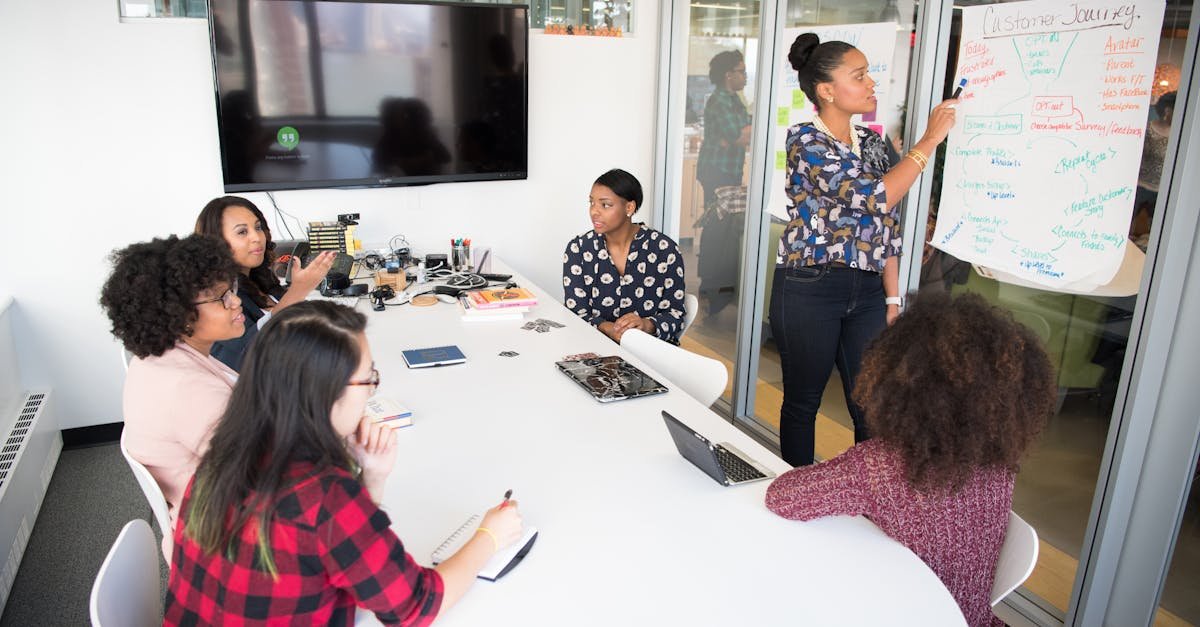Transforming Careers: The Impact of Volunteering in Shared Services
Can volunteering really impact your career in shared services? The short answer: Absolutely. Just think about it. In a world driven by competition and productivity, a helping hand can elevate your professional path in unexpected ways. Why Volunteering Matters in Shared Services When I started my journey in the shared services industry over 20 years ago, I was focused on numbers and strategies. But volunteering opened my eyes to something I hadn’t anticipated. Here’s the lowdown: Skill Development: Volunteering builds skills you might lack in your current job. Need leadership skills? Organize a community event. Networking Opportunities: Connect with passionate people outside your workplace. They can provide fresh perspectives and help you with career opportunities. Personal Growth: Volunteering teaches empathy, resilience, and the ability to work in diverse teams. All valuable traits in shared services. My Volunteering Story Let me tell you about a time that changed everything for me: I signed up to help local non-profits streamline their operations. I never imagined how much I’d gain from it. I learned to analyze workflows, identify bottlenecks, and suggest improvements—all skills that translate directly into my professional life in shared services. And guess what? This led to a much-needed promotion at my job. By volunteering my time, I was honing my craft without even realizing it. Bridging to Transformational Networking Remember that volunteering isn’t just about giving; it’s about connecting. Through my experiences, I met leaders in industries I would’ve never crossed paths with otherwise. They became mentors, opening doors in ways I didn’t think possible. You’d be surprised at how small the world really is when you start to network with like-minded people committed to making a difference. Valuable Insights from Volunteering Your volunteering experience enhances your value in shared services. Here’s why: Hands-On Learning: Dive into real-world situations that traditional work might not offer. Impact Assessment: Understand how to measure the impact of your contributions—an important aspect of optimization in shared services. Leadership in Action: Regularly stepping up in volunteer roles improves your leadership skills. Volunteering as a Path to Process Optimization Want to stand out and showcase your capabilities? Engage in projects that require problem-solving and innovation. The insights you gain can help you bring process optimization back to your workplace. Imagine being the go-to person for streamlined processes. That’s exactly what volunteering can do for you. You’ll learn how to tweak processes, evaluate outcomes, and drive efficiency—skills that are gold in the shared services arena. Making It Work for You The best part? You don’t need to quit your job to volunteer. Here’s how to fit it into your busy schedule: Choose short-term projects. Commit to something that won’t overwhelm your routine. Look for virtual volunteering opportunities. There are tons available. Align your volunteer work with personal interests. You’ll enjoy it more and learn in the process. Conclusion: Your Career Transformation Awaits Volunteering isn’t just a side gig; it’s a powerful tool for anyone in shared services looking to elevate their career. If you haven’t considered this route yet, now’s the time. Every hour you give can reshape your skillset, expand your network, and boost your professional profile. So, what are you waiting for? Embrace the opportunity to give back while taking your career to new heights. And if you’re eager for more insights and stories from the shared services industry, THEGBSEDGE is your go-to source!
Transforming Careers: The Impact of Volunteering in Shared Services Read More »








